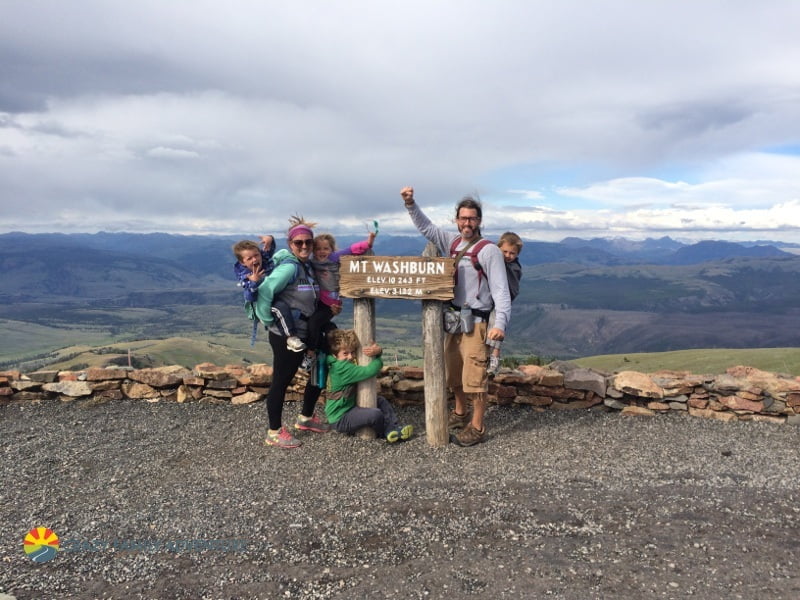For hundreds of years, legal experts and criminals have been trying to come up with the perfect crime. What is a perfect crime? It is a crime so well orchestrated, that it can be pulled off without a hitch, and the perpetrator can walk free. Sounds like a dream scenario for criminals, right?
Well, all of that is possible in Yellowstone National Park. Let’s imagine we have Joe and John. They are on vacation in Yellowstone National Park, and set up a camp in the 50 square miles of the park that are in Idaho. Most of the park is in Wyoming, but there is small part in Idaho. They fight between each other, and John kills Joe. And he freely admits to the murder, and surrenders himself to the authorities.
Under the Sixth Amendment, John has a right of a jury composed of people from the state where the murder was committed, which is Idaho, and from the federal district where it was committed. The problem is the District of Wyoming has a purview over all of Yellowstone, even the parts in the Montana of Idaho. So, with that in mind, John has a right to ask for a jury composed entirely of people living in both Idaho and the District of Wyoming. That means he needs a jury of people living in the Idaho part of Yellowstone. And because nobody lives there, a jury cannot be formed, and John will walk free.
While the scenario is fiction, all of the legal maneuvers are completely legitimate. The Yellowstone’s Zone of Death first came to attention in 2005, when a Michigan State law professor Brian Kalt wrote his article “The Perfect Crime”. He argued that in Yellowstone there is a 50 square mile Zone of Death, where you can commit crimes with impunity. Several years later, the Idaho loophole persists.
Will the institutions do something about it?
In 2004, Brian Kalt decided to write an article about how some states allowed for a trial in one of the two neighboring countries depending on how close the criminal act was to the dividing line. This small, but pivotal loophole, gives some prosecutors the unusual choice of being able to pick a location more receptive to their case.
In his research, he found out that district boundaries typically followed state lines, with only one exception, the District of Wyoming. Previous authors indicated that the exception was of little significance. But Kalt was curious.
He presented his scenario in his 2005 paper, “The PerfectCrime”. The theory is the following. Yellowstone, which is a federally-supervised national park resides mainly in Wyoming, with small patches of land bleeding into Idaho and Montana. The Idaho portion is uninhabited land with very few visitors. But because the entire park is considered to be under the jurisdiction of the District Court of Wyoming, that means anyone in that area who commits a crime would be doing so both in the state of Idaho and District of Wyoming.
According to the Sixth Amendment, a federal jury must be assembled from both the district and state in which the crime was committed. For this to work, there needs to be residents in the particular 50 square miles area of Yellowstone, and there aren’t.
In 2008, Kalt published a follow up article, “TabloidConstitutionalism: How a Bill Doesn’t Become Law”. Before writing the article, he alerted the Department of Justice, the US Attorney for Wyoming, and the House and Senate Judiciary Committees of the loophole. He was afraid that people might be driven into crimes, and try to manipulate the loophole. He got a reply from the US Attorney that it wasn’t in his power to change the law.
An actual case of perfect crime
And while all of this sounds like a fiction, there has been an actual case with this loophole. Michael Belderrain, who had illegally shot an elk in Montana in December 2005, cited Kalt’s article in his defense in July 2007. He was standing in Yellowstone when he fired the shot, and dragged the elk’s head to a truck parked in Yellowstone. He objected that he had a right to be tried by jurors from the Montana portion of the park. That is somewhat possible, since there are some inhabitants in the Montana section.
However, rather try to call such a jury or present an argument, the court dismissed the argument out of hand, simply because it would imply that Yellowstone contains a Zone of Death. Belderrain would not appeal, but instead took a plea deal.
But there were three problems with the court’s decision. First, the Congress implies there is a Zone of Death, not the attorney making the point in court. Second, the ruling was about Montana, in which there would not have been zone of death, even if the court accepted the reasoning. As mentioned, there are people living in the Montana portion of Yellowstone. And third, and most important, the court flagrantly ignored Article II of the Constitution’s separate right to a trial in the state of the crime.



